Citibank 2013 Annual Report Download - page 187
Download and view the complete annual report
Please find page 187 of the 2013 Citibank annual report below. You can navigate through the pages in the report by either clicking on the pages listed below, or by using the keyword search tool below to find specific information within the annual report.-
 1
1 -
 2
2 -
 3
3 -
 4
4 -
 5
5 -
 6
6 -
 7
7 -
 8
8 -
 9
9 -
 10
10 -
 11
11 -
 12
12 -
 13
13 -
 14
14 -
 15
15 -
 16
16 -
 17
17 -
 18
18 -
 19
19 -
 20
20 -
 21
21 -
 22
22 -
 23
23 -
 24
24 -
 25
25 -
 26
26 -
 27
27 -
 28
28 -
 29
29 -
 30
30 -
 31
31 -
 32
32 -
 33
33 -
 34
34 -
 35
35 -
 36
36 -
 37
37 -
 38
38 -
 39
39 -
 40
40 -
 41
41 -
 42
42 -
 43
43 -
 44
44 -
 45
45 -
 46
46 -
 47
47 -
 48
48 -
 49
49 -
 50
50 -
 51
51 -
 52
52 -
 53
53 -
 54
54 -
 55
55 -
 56
56 -
 57
57 -
 58
58 -
 59
59 -
 60
60 -
 61
61 -
 62
62 -
 63
63 -
 64
64 -
 65
65 -
 66
66 -
 67
67 -
 68
68 -
 69
69 -
 70
70 -
 71
71 -
 72
72 -
 73
73 -
 74
74 -
 75
75 -
 76
76 -
 77
77 -
 78
78 -
 79
79 -
 80
80 -
 81
81 -
 82
82 -
 83
83 -
 84
84 -
 85
85 -
 86
86 -
 87
87 -
 88
88 -
 89
89 -
 90
90 -
 91
91 -
 92
92 -
 93
93 -
 94
94 -
 95
95 -
 96
96 -
 97
97 -
 98
98 -
 99
99 -
 100
100 -
 101
101 -
 102
102 -
 103
103 -
 104
104 -
 105
105 -
 106
106 -
 107
107 -
 108
108 -
 109
109 -
 110
110 -
 111
111 -
 112
112 -
 113
113 -
 114
114 -
 115
115 -
 116
116 -
 117
117 -
 118
118 -
 119
119 -
 120
120 -
 121
121 -
 122
122 -
 123
123 -
 124
124 -
 125
125 -
 126
126 -
 127
127 -
 128
128 -
 129
129 -
 130
130 -
 131
131 -
 132
132 -
 133
133 -
 134
134 -
 135
135 -
 136
136 -
 137
137 -
 138
138 -
 139
139 -
 140
140 -
 141
141 -
 142
142 -
 143
143 -
 144
144 -
 145
145 -
 146
146 -
 147
147 -
 148
148 -
 149
149 -
 150
150 -
 151
151 -
 152
152 -
 153
153 -
 154
154 -
 155
155 -
 156
156 -
 157
157 -
 158
158 -
 159
159 -
 160
160 -
 161
161 -
 162
162 -
 163
163 -
 164
164 -
 165
165 -
 166
166 -
 167
167 -
 168
168 -
 169
169 -
 170
170 -
 171
171 -
 172
172 -
 173
173 -
 174
174 -
 175
175 -
 176
176 -
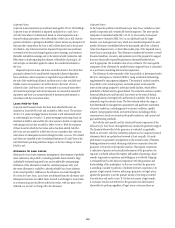 177
177 -
 178
178 -
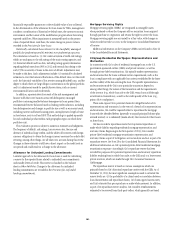 179
179 -
 180
180 -
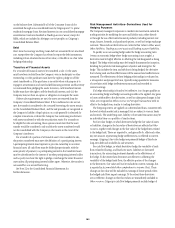 181
181 -
 182
182 -
 183
183 -
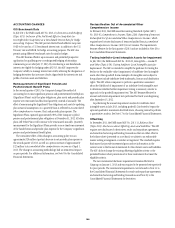 184
184 -
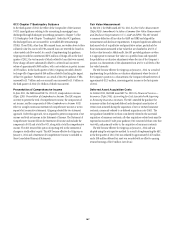 185
185 -
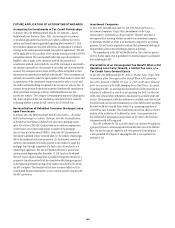 186
186 -
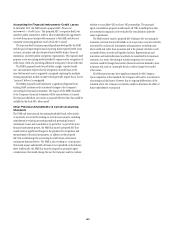 187
187 -
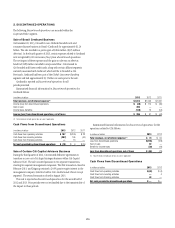 188
188 -
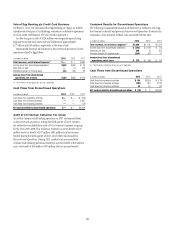 189
189 -
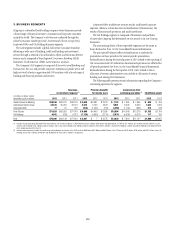 190
190 -
 191
191 -
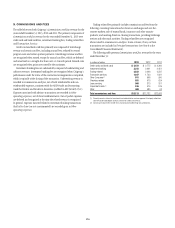 192
192 -
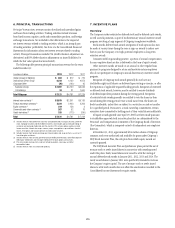 193
193 -
 194
194 -
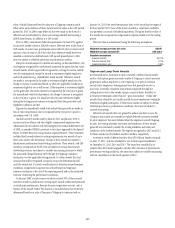 195
195 -
 196
196 -
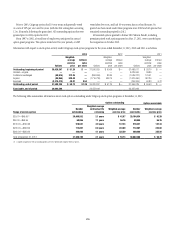 197
197 -
 198
198 -
 199
199 -
 200
200 -
 201
201 -
 202
202 -
 203
203 -
 204
204 -
 205
205 -
 206
206 -
 207
207 -
 208
208 -
 209
209 -
 210
210 -
 211
211 -
 212
212 -
 213
213 -
 214
214 -
 215
215 -
 216
216 -
 217
217 -
 218
218 -
 219
219 -
 220
220 -
 221
221 -
 222
222 -
 223
223 -
 224
224 -
 225
225 -
 226
226 -
 227
227 -
 228
228 -
 229
229 -
 230
230 -
 231
231 -
 232
232 -
 233
233 -
 234
234 -
 235
235 -
 236
236 -
 237
237 -
 238
238 -
 239
239 -
 240
240 -
 241
241 -
 242
242 -
 243
243 -
 244
244 -
 245
245 -
 246
246 -
 247
247 -
 248
248 -
 249
249 -
 250
250 -
 251
251 -
 252
252 -
 253
253 -
 254
254 -
 255
255 -
 256
256 -
 257
257 -
 258
258 -
 259
259 -
 260
260 -
 261
261 -
 262
262 -
 263
263 -
 264
264 -
 265
265 -
 266
266 -
 267
267 -
 268
268 -
 269
269 -
 270
270 -
 271
271 -
 272
272 -
 273
273 -
 274
274 -
 275
275 -
 276
276 -
 277
277 -
 278
278 -
 279
279 -
 280
280 -
 281
281 -
 282
282 -
 283
283 -
 284
284 -
 285
285 -
 286
286 -
 287
287 -
 288
288 -
 289
289 -
 290
290 -
 291
291 -
 292
292 -
 293
293 -
 294
294 -
 295
295 -
 296
296 -
 297
297 -
 298
298 -
 299
299 -
 300
300 -
 301
301 -
 302
302 -
 303
303 -
 304
304 -
 305
305 -
 306
306 -
 307
307 -
 308
308 -
 309
309 -
 310
310 -
 311
311 -
 312
312 -
 313
313 -
 314
314 -
 315
315 -
 316
316 -
 317
317 -
 318
318 -
 319
319 -
 320
320 -
 321
321 -
 322
322 -
 323
323 -
 324
324 -
 325
325 -
 326
326 -
 327
327 -
 328
328 -
 329
329 -
 330
330 -
 331
331 -
 332
332 -
 333
333 -
 334
334 -
 335
335 -
 336
336 -
 337
337 -
 338
338 -
 339
339 -
 340
340 -
 341
341 -
 342
342
 |
 |
169
Accounting for Financial Instruments—Credit Losses
In December 2012, the FASB issued a proposed ASU, Financial
Instruments—Credit Losses. This proposed ASU, or exposure draft, was
issued for public comment in order to allow stakeholders the opportunity
to review the proposal and provide comments to the FASB, and does not
constitute accounting guidance until a final ASU is issued.
The exposure draft contains proposed guidance developed by the FASB
with the goal of improving financial reporting about expected credit losses
on loans, securities and other financial assets held by banks, financial
institutions, and other public and private organizations. The exposure draft
proposes a new accounting model intended to require earlier recognition of
credit losses, while also providing additional transparency about credit risk.
The FASB’s proposed model would utilize a single “expected credit
loss” measurement objective for the recognition of credit losses at the
time the financial asset is originated or acquired, replacing the multiple
existing impairment models in GAAP, which generally require that a loss be
“incurred” before it is recognized.
The FASB’s proposed model represents a significant departure from
existing GAAP, and may result in material changes to the Company’s
accounting for financial instruments. The impact of the FASB’s final ASU
to the Company’s financial statements will be assessed when it is issued.
The exposure draft does not contain a proposed effective date; this would be
included in the final ASU, when issued.
Other Potential Amendments to Current Accounting
Standards
The FASB and International Accounting Standards Board, either jointly
or separately, are currently working on several major projects, including
amendments to existing accounting standards governing financial
instruments, leases and consolidation. In particular, as part of the joint
financial instruments project, the FASB has issued a proposed ASU that
would result in significant changes to the guidance for recognition and
measurement of financial instruments, in addition to the proposed
ASU that would change the accounting for credit losses on financial
instruments discussed above. The FASB is also working on a joint project
that would require substantially all leases to be capitalized on the balance
sheet. Additionally, the FASB has issued a proposal on principal-agent
considerations that would change the way the Company needs to evaluate
whether to consolidate VIEs and non-VIE partnerships. The principal-
agent consolidation proposal would require all VIEs, including those that
are investment companies, to be evaluated for consolidation under the
same requirements.
The FASB recently issued a proposed ASU relating to the accounting for
insurance contracts that would include in its scope many contracts currently
accounted for as financial instruments and guarantees, including some
where credit risk rather than insurance risk is the primary risk factor, such
as standby letters of credit and liquidity facilities. Representations and
warranties and indemnifications would also be considered to be insurance
contracts. As a result, the timing of income recognition for insurance
contracts could be changed and certain financial contracts deemed to have
insurance risk, such as catastrophe bonds, could no longer be recorded
at fair value.
All of these projects may have significant impacts for the Company.
Upon completion of the standards, the Company will need to re-evaluate its
accounting and disclosures. However, due to ongoing deliberations of the
standard setters, the Company is currently unable to determine the effect of
future amendments or proposals.
